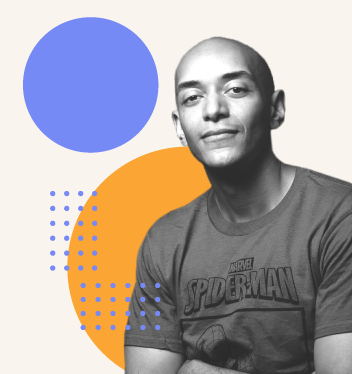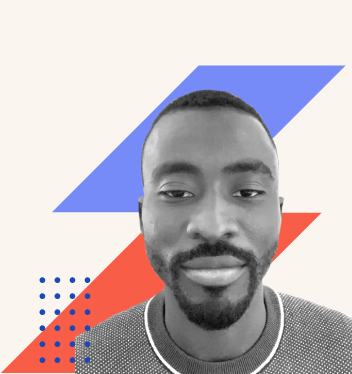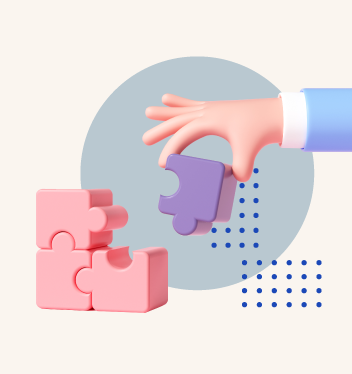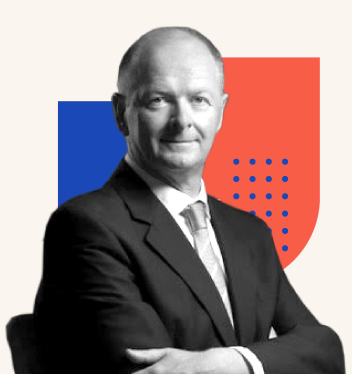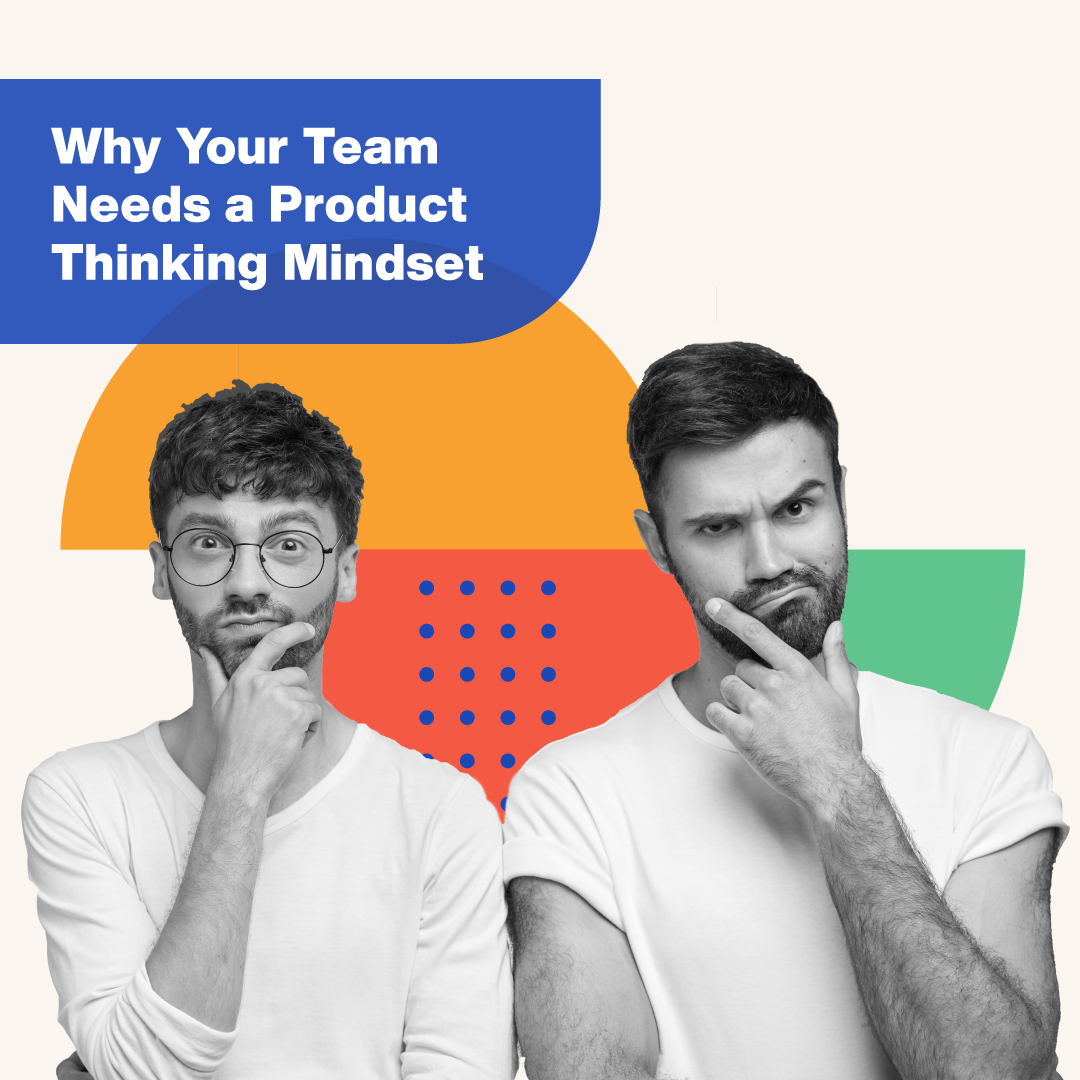Michael Dedrick is a UX Lead at Google, responsible for helping define the user experience for new and existing security and privacy-related tools. He has worked for household names across UX design, from Apple to Toptal, and is currently based in San Francisco.
Michael, please tell us a little about yourself!
I’m a UX Designer with a background in animation, motion graphics, and film. I’ve been in the industry for over two decades, and I’m currently at Google working in Privacy UX. My mission is to find the world’s biggest problems and solve them by creating experiences that are accessible to everyone.
How did you first get started in your career?
Back in 1997, my older brother was getting ready to go to university to pursue his computer science degree. He thought it would be a good idea to raise some capital to pay his way through school. So he started a company, recruited me as employee number one, and built my first computer!
He did this using my first two paychecks from the two part-time retail jobs I was working then — Blockbuster video and Cineplex Odeon cinema theatre. He also got me a copy of Adobe Photoshop and taught me HTML, CSS (which was new at the time), and Javascript. Unfortunately, Google and YouTube weren’t available back then to look up tutorials on how to do things, so I had to learn the software through a combination of books and using the ‘help’ file built into the software. It was pretty trial and error!
What happened then?
We built several websites, and we got paid to do it. I did this part-time throughout high school. I then went to animation school, graduated, and worked in the industry for a while across the film, television, agency, non-profit, and games sectors.
In the early 2000s, as the internet started to evolve, I saw an opportunity to build a larger canvas and have a more significant impact through my work. So I decided to shift full-time into my UX career. I worked at a number of start-ups that were willing to give me an opportunity to build products from the ground up, and I created a portfolio showcasing extensive UX processes. That eventually led to work and opportunities with Apple, IBM, and Google, who had started to take notice of my work.
Why did you end up doing UX design?
Being a designer made me feel like I could affect change and impact the world in ways that mattered. When I saw something in the world that wasn’t right, I had the power to design something better. Best of all, I didn’t need permission to do it!
Who has been your biggest inspiration?
Probably my older brother — he inspired me to get onto computers when he got his Commodore 64 computer. He and his friends would experiment with making video games, films, and building robots in their free time. I grew up wanting to do all of those things and eventually did!
What is the best part of your job?
The best part of my job is when I get to talk to users, uncover their pain points and then design hyper-focused solutions to solve their problems. I love seeing their life improve by way of that solution. I love getting into the details and creating moments of surprise and delight!
How has Covid changed your work? What’s worse, and what’s better?
I’m no longer in the office, and I’ve had to convert my living room into an office space! I don’t miss the commute to work, but I miss having lunch with colleagues. I also miss the mini conversations that happen in the hallways when you bump into someone. They were good to keep in touch with people and updated on things going on. I have many more meetings now than I used to due to not having those mini impromptu ones.
I find I get much more done, and I have much more concentration. I can also protect my health better by shutting my computer down at 5 PM. My kitchen is ten steps away from my desk, and it’s easy to get up around lunchtime and fix something to eat, go for a walk or do a bike ride or workout.
How do you think we can improve diversity and inclusion in tech?
We all need to provide more opportunities for minority populations to receive education in tech and reduce the barriers to entry, such as expense tuition fees. Free education and scholarships should be more prevalent.
I also want companies to be willing to accept more talent at an earlier stage of people’s careers. For example, most job postings require at least five years of experience, which is tough to get if you’re entry-level. So let’s start offering more opportunities to new graduates, like mentorships, internships, and apprenticeships.
Finally, I believe companies need to hire more talented, qualified people from minority populations and give them training where potential is evident.
What advice would you give to someone who is starting their career?
I think formal education provides you with tools, but real learning takes place on the job. So I’d recommend focusing on learning and knowing the money will come later. I also endorse showing a variety of work in your portfolio and across various platforms (desktop, mobile, watch, voice, etc.) and industries, like health, sports, agriculture, etc.
Most of what you need to develop to have a successful UX career doesn’t have to do with tools and software. It’s mostly about consistently improving your ability to advocate for design and bringing stakeholders with unique opinions together to find common ground. It’s vital to be able to explain and validate your work to a variety of cross-functional partners, work well with them and understand how your role fits into theirs.
What books, websites, and software tools have you discovered recently that you would recommend?
- Mismatch: How Inclusion Shapes Design — Kat Holmes
- Building For Everyone: Expand Your Market With Design Practices From Google’s Product Inclusion Team
- The Making of a Manager — Julie Zhou
- The Lemonade Life: How to Fuel Success, Create Happiness, and Conquer Anything
- Defying Limits: Lessons from the Edge of the Universe
- https://sharpen.design
- https://www.makerpad.co (noCode)
- https://www.useberry.com
- https://www.markup.io
What are the rules you’ve chosen to live by?
My number one rule is: to be kind to yourself and others. The others are:
- Don’t compare yourself to others — your journey is your own
- Be humble
- Give to give, not to receive
- Understand failure is a part of the success



